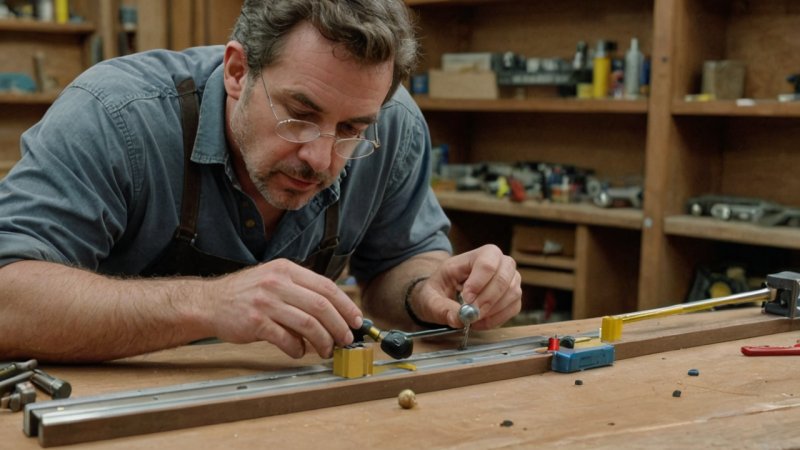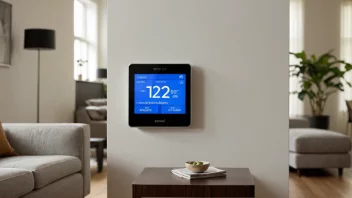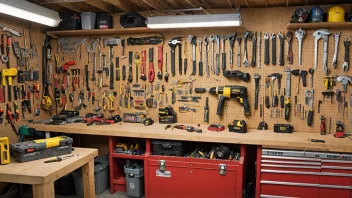Introduction
In the world of DIY and home improvement, precision is key. Whether you’re hanging shelves, installing cabinets, or laying tile, having accurate measurements is vital to achieving a professional-looking finish. In this article, you'll learn how to properly use a level to ensure your projects are perfectly straight and true.
Step 1: Understand the Types of Levels
Before you start using a level, it’s important to know the different types available:
- Bubble Level: This is the most common type, featuring a glass vial containing liquid and a bubble that indicates level.
- Laser Level: Uses a laser beam to project a straight line, perfect for larger projects.
- Digital Level: Displays the level reading on a digital screen, often providing more precise measurements.
Step 2: Gather Your Tools
To begin, you’ll need a few essential tools:
- A level (bubble, laser, or digital)
- A measuring tape
- A pencil for marking
- A straight edge (optional)
Step 3: Check Your Level's Accuracy
Before using your level, ensure it’s accurate:
- Place the level on a flat surface, such as a table.
- Observe the bubble in the vial. It should be centered between the marked lines.
- If it’s not, your level may need calibration or replacement.
Step 4: Using a Bubble Level
To use a bubble level effectively:
- Place the level on the surface or object you wish to measure.
- Adjust the object until the bubble is centered between the lines. This indicates it is level.
- If working on vertical surfaces, hold the level against the surface and repeat the process.
Step 5: Using a Laser Level
For larger projects, a laser level is incredibly useful:
- Set up the laser level on a tripod or stable surface.
- Turn on the device and ensure it’s leveled (most devices will have indicators).
- Use the projected line as a guide to mark your measurements.
Step 6: Using a Digital Level
A digital level can provide precise measurements:
- Power on the digital level and place it on the surface.
- Read the measurement on the digital display. It may also indicate the angle.
- Adjust as necessary until the level reads zero degrees or the desired angle.
Step 7: Marking Your Measurements
Once you’ve established a level line, it’s time to mark it:
- Use a pencil to mark where the level line intersects with the surface.
- For long spans, consider using a chalk line to create a straight line between multiple points.
Step 8: Final Checks and Adjustments
After marking, double-check your work:
- Re-measure with your level to ensure everything is still aligned.
- If adjustments are needed, make them carefully to avoid misalignment.
Summary
Using a level correctly is a skill that greatly enhances your DIY projects. By understanding the different types of levels, checking their accuracy, and following the steps outlined above, you can ensure your measurements are precise. Remember to take your time, and don't hesitate to double-check your work for the best results!
Final Advice: Precision is key in any project. Investing time in learning how to use a level properly will pay off in the long run, leading to cleaner, more professional results.






